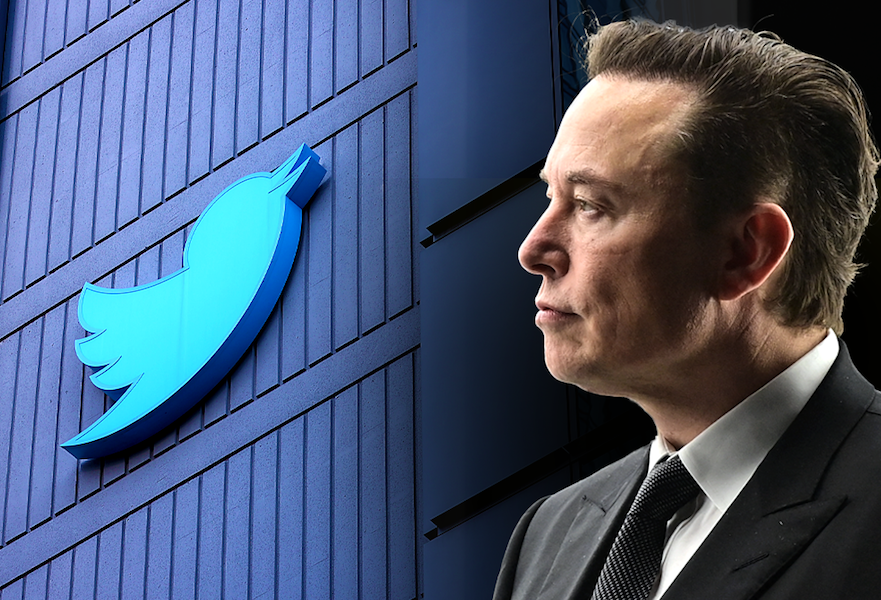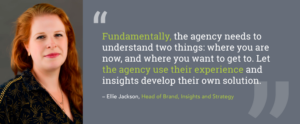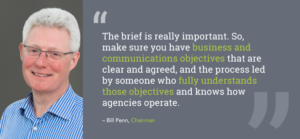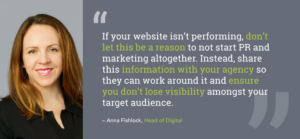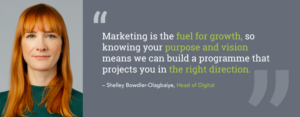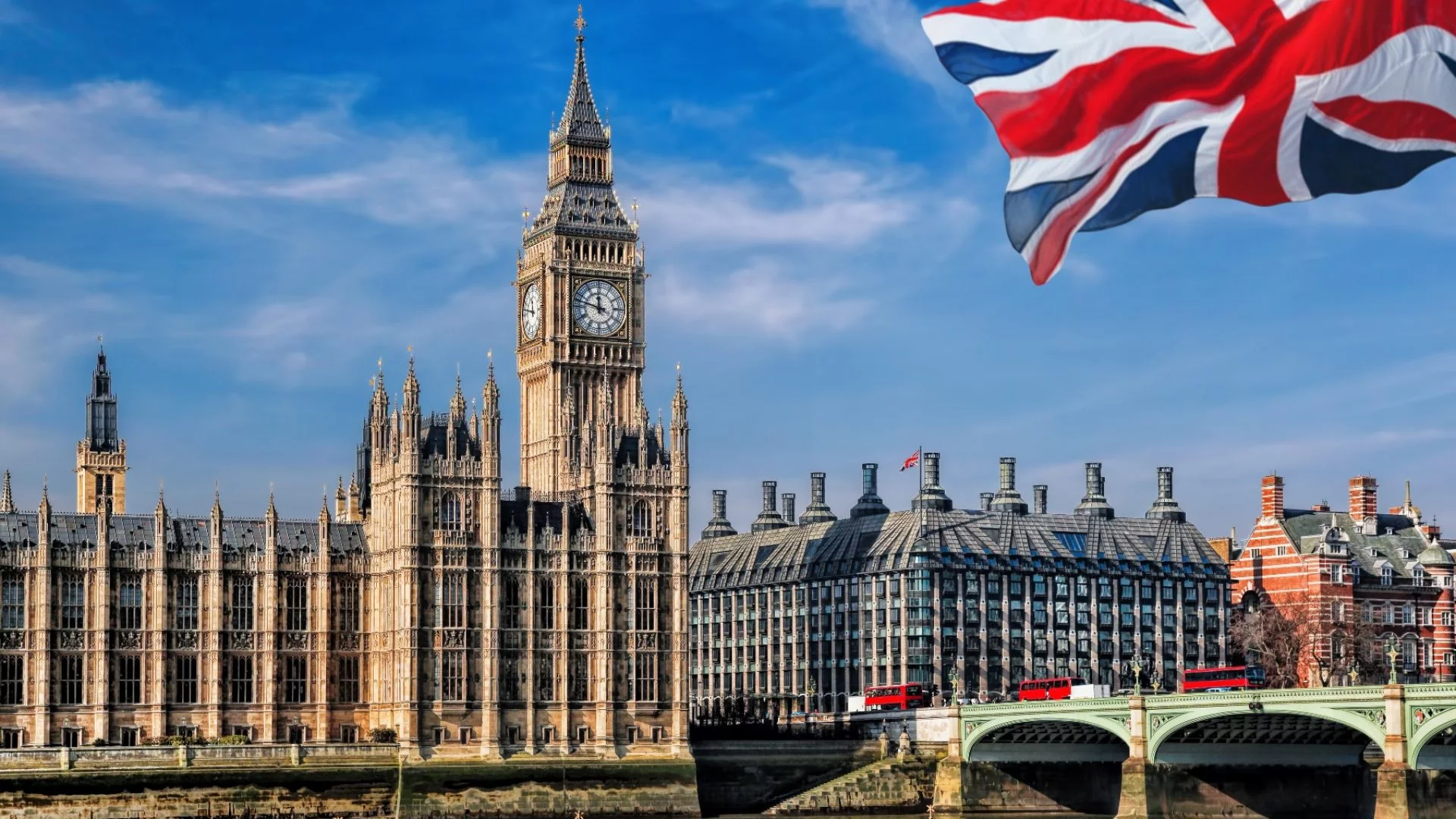ESG communications: don’t try and keep up with the Joneses… but do keep an eye on them
By Chris Bowman, Strategy & Content Director
ESG communications can seem a tangled knot of paradoxes at times. Case in point: ESG can only succeed through standardization and comparability of data, yet at the same time it must be accurate and sincere – and sincerity requires specificity.
Don’t try and keep up with the Joneses…
Credible ESG initiatives are necessarily highly specific to a company’s unique circumstances. There is no one-size-fits all way to decarbonise, for example – each company will have its own mix of scope 1, 2 and 3 emissions sources and need to cut accordingly. Social and governance contexts are equally idiosyncratic. ESG communications must reflect this specificity, too.
Therefore, it is a doomed strategy to simply copy the competition. ESG communications can appear new and fraught with pitfalls, and so it can be tempting to wait and see what the other guys are doing and simply copy and paste. You’ll never be a leader that way, you may reason, but equally you’ll never be left behind or risk poking your head above the parapet. However, the reasoning is flawed. If you cleave too closely to competitors’ ESG communications – which are specific to them – the risk is that the same messages and tactics ring hollow and inauthentic in the context of your brand.
Again: one size does not fit all, and ESG communications should be as bespoke as possible to the individual brand, while respecting common metrics and language. They should incorporate and reflect the company’s overall brand strategy and messaging, speak to the specifics of their ESG initiatives and why the way Company A designed Initiative X respects the unique situation, resources and ambitions of that company.
…but do keep an eye on them
That said, don’t swing too far the other way. No brand is big and important enough to get away with being utterly introspective and ignoring the wider world.
In the context of ESG communications, this can be critical. Rightly or wrongly, your ESG efforts will be evaluated against the competition. Investors, customers and other stakeholders must be convinced that you offer an equal or better option than the competition in terms of the ESG factors they care about.
In simple terms, this can descend to war of numbers. Company A has cut 30% of its emissions versus Company B’s 22%; Company C has a 50/50 board gender ratio while Company D has only 40/60. This is agreeable enough if you’re winning, but simple numbers can hide complex truths.
If you are in Company B or D’s shoes, you might benefit from telling a more nuanced narrative that adds context to the numbers. Perhaps Company C already had a 45/55 ratio and improvement is slow, whereas D has invested heavily to improve. Perhaps C is in a country where culture and working practices make it easier for women in the workplace versus D’s. Context is critical – which brings us back to specificity.
But you can’t introduce that narrative if you’re unaware of the framing that is already out there. Has the competition already established the framing? Or is there still white space for your brand to take the initiative?
You’ll only know if you’re looking at what the competition is doing. So, while you don’t want to try and keep up with the Joneses, you should keep an eye on them.
Facing ESG communications challenges? Read our whitepaper or contact the team – we can help.



